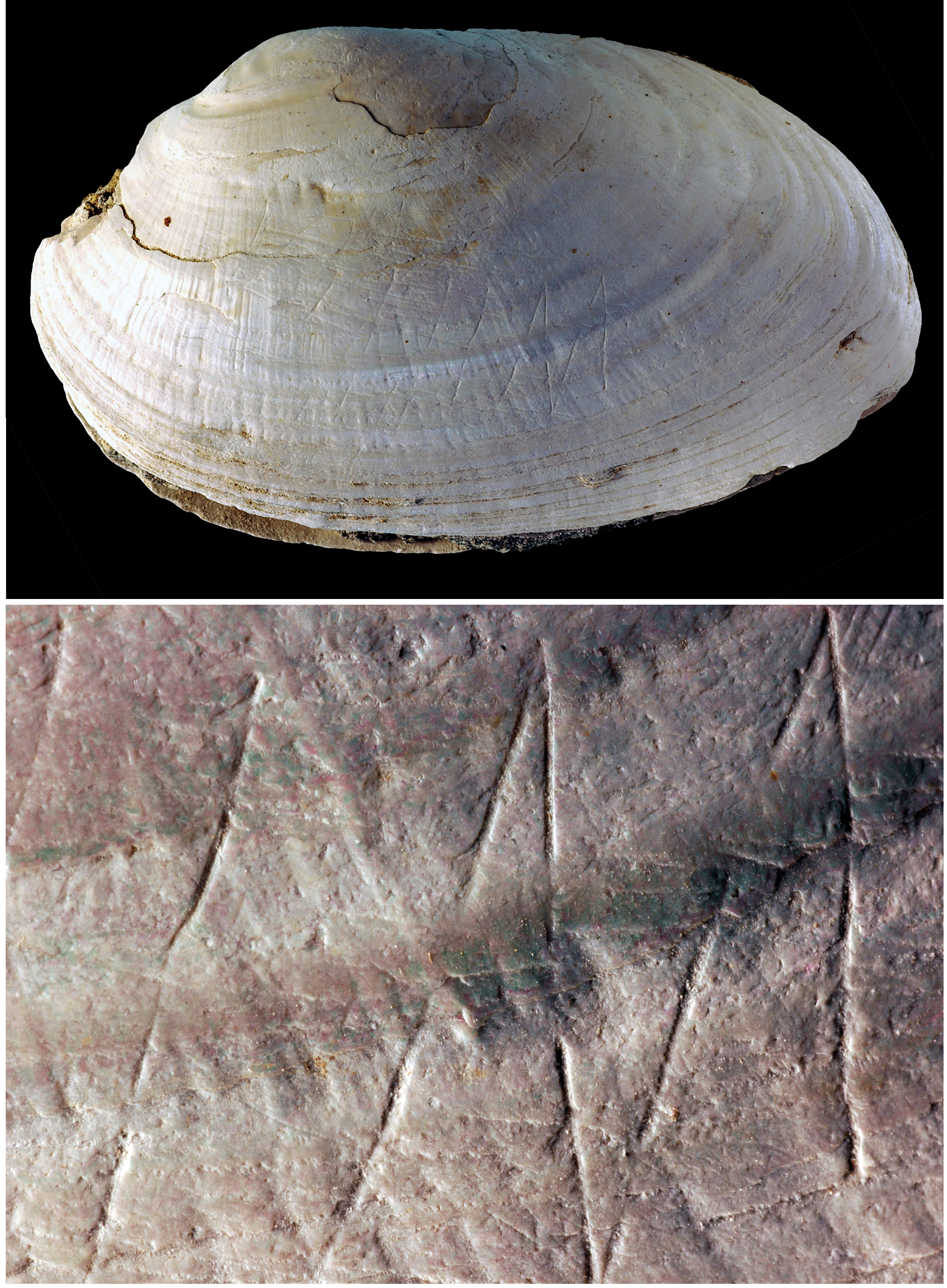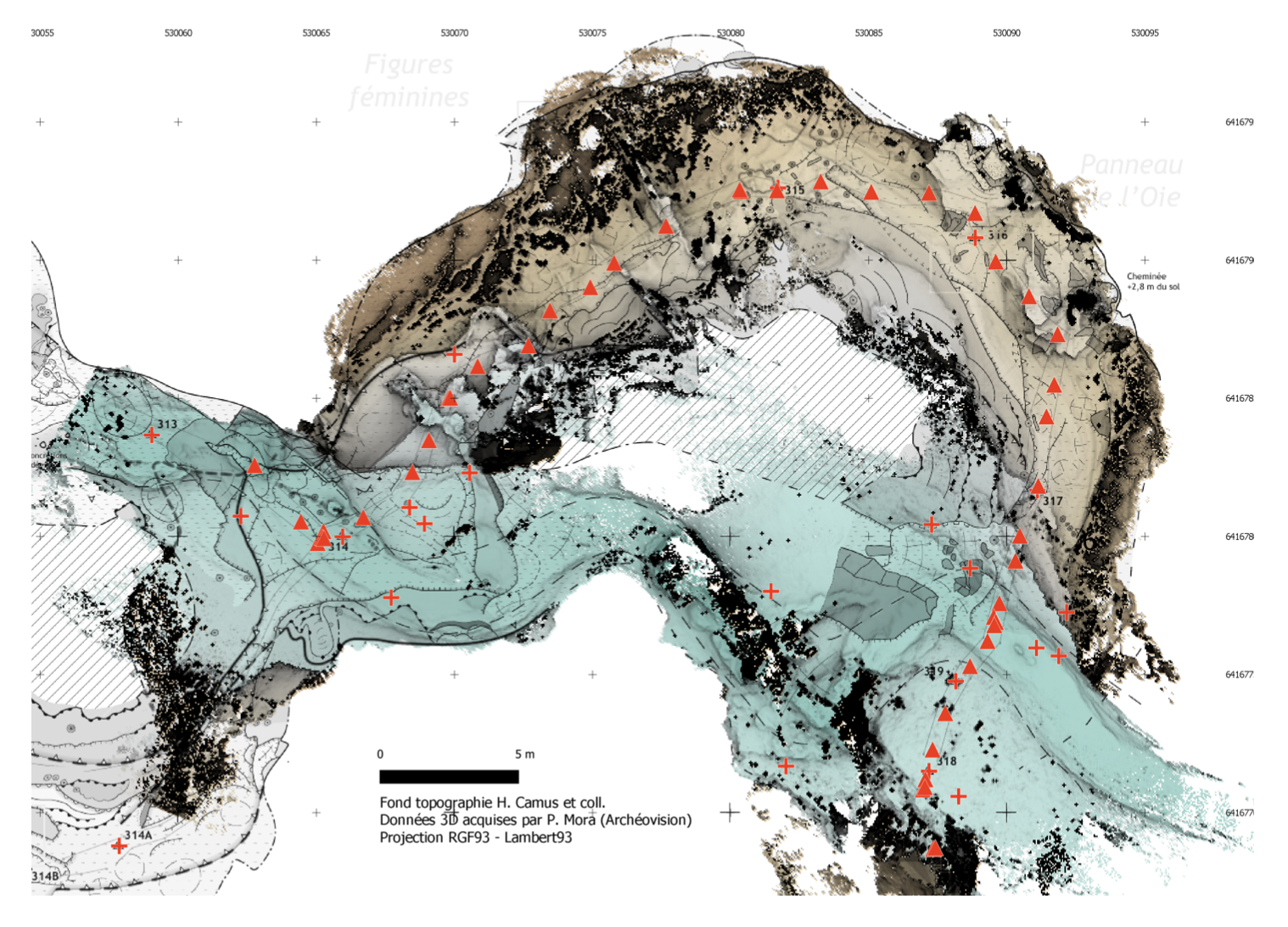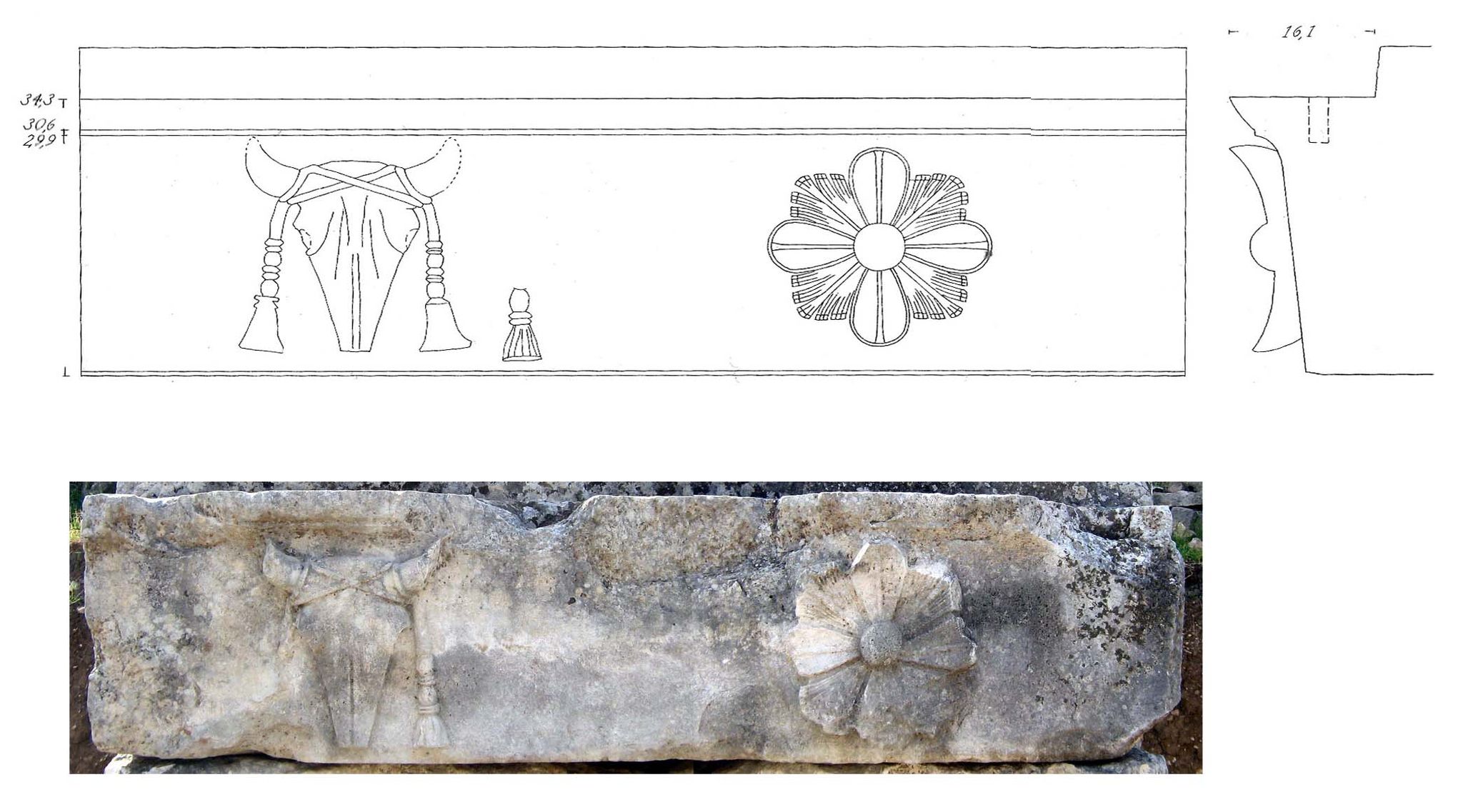Workpackage 4
PI of the workpackage
Laurence Cavalier, Professor of art history and archaeology of the Greek world ancient world, specialized in Ancient Greek architecture with emphasis on ornamentation - Ausonius
Bruno Maureille, CNRS researcher, specialized in human evolution - PACEA
WP4. How did symbolic systems emerge and how did they affect societal organisation?

Symbols serve to structure human thinking and permeate all human societies. A significant debate that crosscuts archaeology, palaeoanthropology and archaeogenetics persists as to whether the key behavioural features that make us humans, and in particular the ability to produce symbolic material culture, originated with early Homo sapiens or if they emerged gradually in the context of biological and cultural interactions between diverse hominin populations in myriad climatic and geographic settings. We intend to use innovative theory and cutting-edge methodologies to investigate the emergence and development of symbolic behaviour in a variety of chronological and geographic contexts. The goal is to understand the factors at play, from the appearance and complexification of symbolic practices up to the creation of elaborated systems of information storage that characterize all present-day cultural systems and the complex rituals that form an integral part of belief systems that permeate most of our societie.
Action 1. The emergence of symbolic mediated behaviour
Persons in charge : Francesco d'Errico and Alain Queffelec
This action aims to understand how, when and among which human populations symbolic material culture emerged, and to determine what mechanisms were implicated in its consolidation and complexification. To do so, we investigate the first occurrences of pigment use, personal ornamentation, engravings, notation systems and ritual use of cave systems by means of cutting-edge methodologies (SEM-EDS, confocal microscopy, XRD, pXRF, FTIR, ICP-MS, PIXE and numerous others) to analyze archaeological material and cave art from Africa, Europe, East and South-East Asia, over a period spanning 400 ky.
Action 2. The origin and evolution of mortuary practices
Person in charge : Bruno Maureille
We explore the evolution of mortuary practices in our genus Homo and document the cultural and social behaviours that drove the emergence and broad variability in the treatment of the dead within both prehistoric and historic societies in Eurasia. By combining mortuary and DNA data we aim to investigate how mortuary practices reflected social organization and inter-individual filiations within prehistoric communities. We also study the social and economic contexts (epidemics, war/conflict, slavery….) that drove the changes in the treatment of the dead from a familial to a state-organized practice during the transition from Antiquity to the Middle Ages.
Action 3. Symbolic use of caves during the Palaeolithic and the Mesolithic
Persons in charge : Jacques Jaubert and Catherine Ferrier
The study of Palaeolithic art has to date mainly focused on the paintings and engravings present in hundreds of subterranean contexts, yet relatively little attention has been paid to the global phenomenon of the cultural use of caves. We build upon both existing and new data to draw an overarching history of the relationship between Palaeolithic and Mesolithic communities, and underground world. Our results will improve our understanding of the motivations behind the use of caves by Neanderthals and modern humans in western Europe.
Action 4. The imprint of rituals on ancient urban space
Person in charge : Laurence Cavalier
In most complex societies, such as those of ancient Greece and Rome, symbolic systems were embodied in and redundantly recalled by civil and religious monuments. Although symbolic practices may be represented in painting, bas-reliefs and written accounts, many aspects of them and, in particular, the way in which they invest the urban space and permeate social life remains yet unknown. We combine urbanistic, archaeological and textual data to better understand the polysemic dimension of processions in ancient cities, to gain an insight into the ways symbolic meanings were conveyed and aim to discover lost processional routes.
Cussac cave, Dordogne, France - Credit Jacques Jaubert
View of a part of the central sector of the Roman catacomb of Saints Pietro and Marcellino (late 1st - mid 3rd century, Vatican City) and the stacking of skeletons showing successive deposits of bodies. Field research by Dominique Castex and Philippe Blanchard, dir. Credit D. Castex.
Block of frieze with bucranes from the temple of Leto (drawing E. Hansen, photomontage D. Laroche, French Archaeological Mission of Xanthos-Letôon)




